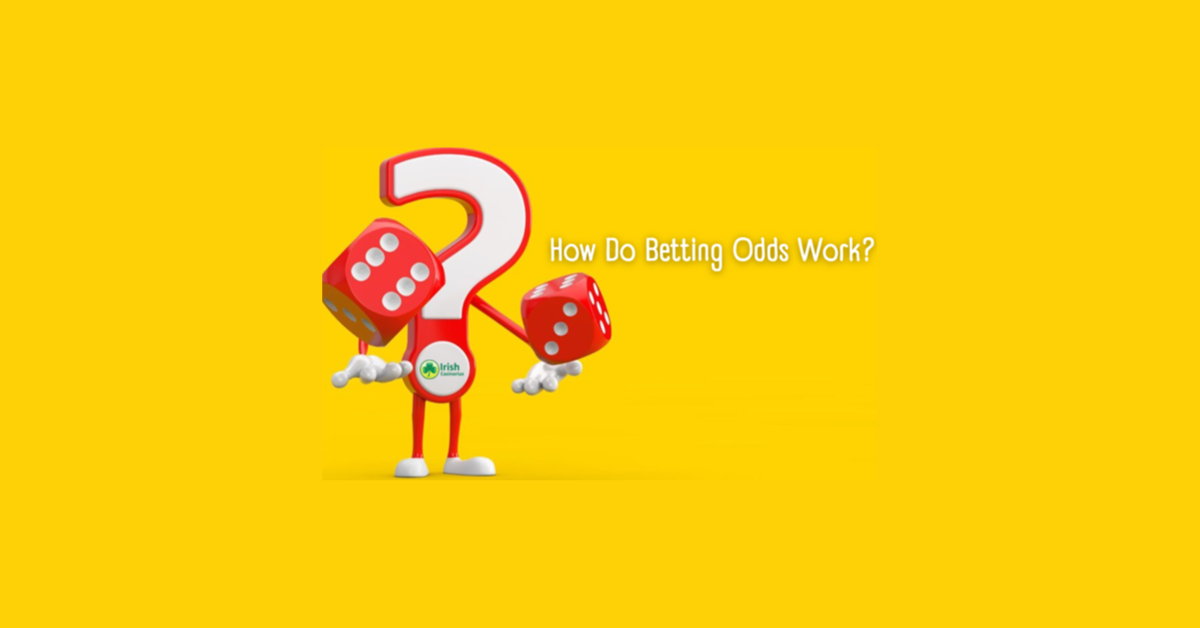Understanding Probability
Probability is a measure of the likelihood of an event occurring, expressed as a number between 0 and 1. A probability of 0 indicates an impossible event, while a probability of 1 indicates a certain event. For example, the probability of flipping a fair coin and landing heads is 0.5, as there are two equally likely outcomes – heads or tails.
In the context of betting, understanding probability is crucial for making informed decisions. By converting probabilities into odds, bettors can assess the potential payout of a bet and determine if the risk is worth taking. The higher the probability of an event occurring, the lower the odds offered by bookmakers. Conversely, events with a lower probability have higher odds to reflect the increased risk for the bettor.
Decimal Odds Explained
Decimal odds are one of the most common ways to represent betting odds. They are simple to understand for beginners and widely used by many bookmakers. In decimal odds, the number includes the stake, making it easier to calculate potential winnings. For example, odds of 2.50 mean that for every $1 wagered, you would receive $2.50 back in total (including your initial stake).
To calculate the potential profit with decimal odds, you simply multiply your wager by the decimal odds. This will give you the total payout, including both your profit and the initial stake. Decimal odds can be easily converted to implied probability by dividing 1 by the decimal odds and multiplying the result by 100. This gives you the percentage chance of that event happening according to the bookmaker’s odds.
Fractional Odds Explained
Fractional odds, also known as British odds, are one of the most common ways of representing betting odds. They are displayed as a fraction, with the first number indicating the potential profit if you bet the amount of the second number. For example, if the odds are 4/1, it means you would win $4 for every $1 you bet if your prediction is correct.
Understanding fractional odds is crucial for anyone looking to place bets on sports or other events. It’s important to remember that the numerator represents the potential profit, while the denominator is the amount you need to stake. The higher the first number in the fraction, the lower the likelihood of that outcome, while the lower the first number, the higher the probability according to the bookmaker.
American Odds Explained
American odds are often used in the United States and are displayed as either positive or negative numbers. Positive American odds indicate how much profit a $100 wager would make, while negative American odds show how much needs to be bet to win $100. For example, if a sportsbook displays odds of +200 on a team, a $100 bet would result in a $200 profit if successful. On the other hand, if the odds are -150, then a bettor would need to wager $150 to win $100.
Understanding American odds is crucial for bettors to make informed decisions when placing bets. Positive odds indicate the potential profit, while negative odds represent the amount needed to be wagered to win $100. By grasping the concept of American odds, bettors can analyze the potential risk and reward of a bet more effectively.
Implied Probability in Betting Odds
Implied probability in betting odds refers to the probability of an outcome happening as implied by the odds set by bookmakers. Essentially, it is the likelihood of a specific result occurring, as indicated by the odds offered by bookies. For example, if the odds on a team winning are 2.00, the implied probability of that team winning would be 50%.
Understanding implied probability is crucial for bettors as it helps them assess the likelihood of an outcome and determine whether a particular bet offers value or not. By converting odds into implied probability, bettors can compare the odds offered by bookmakers to their own assessment of the likelihood of an event occurring. This enables bettors to make informed decisions when placing bets and increases their chances of making profitable wagers.















